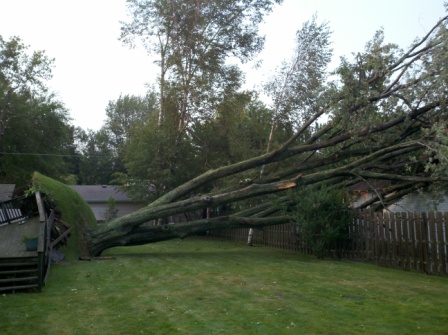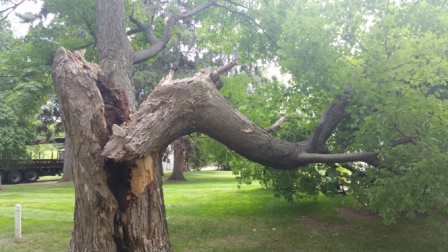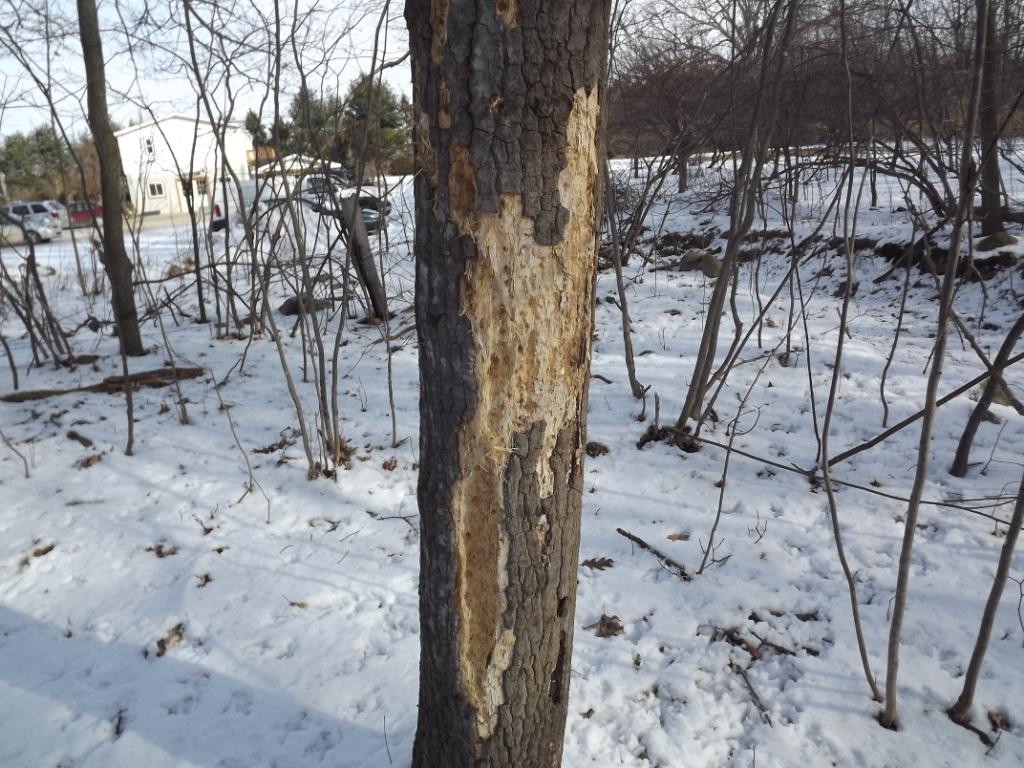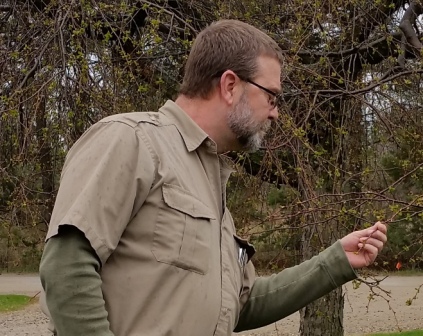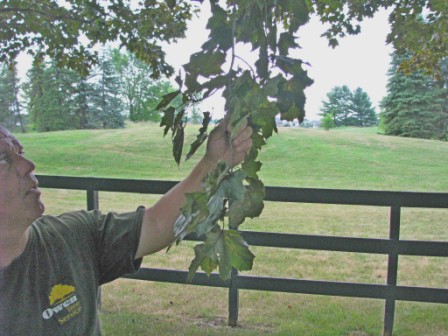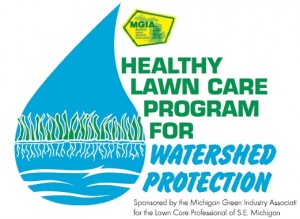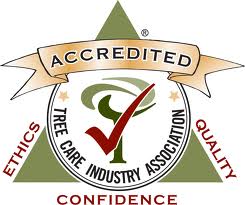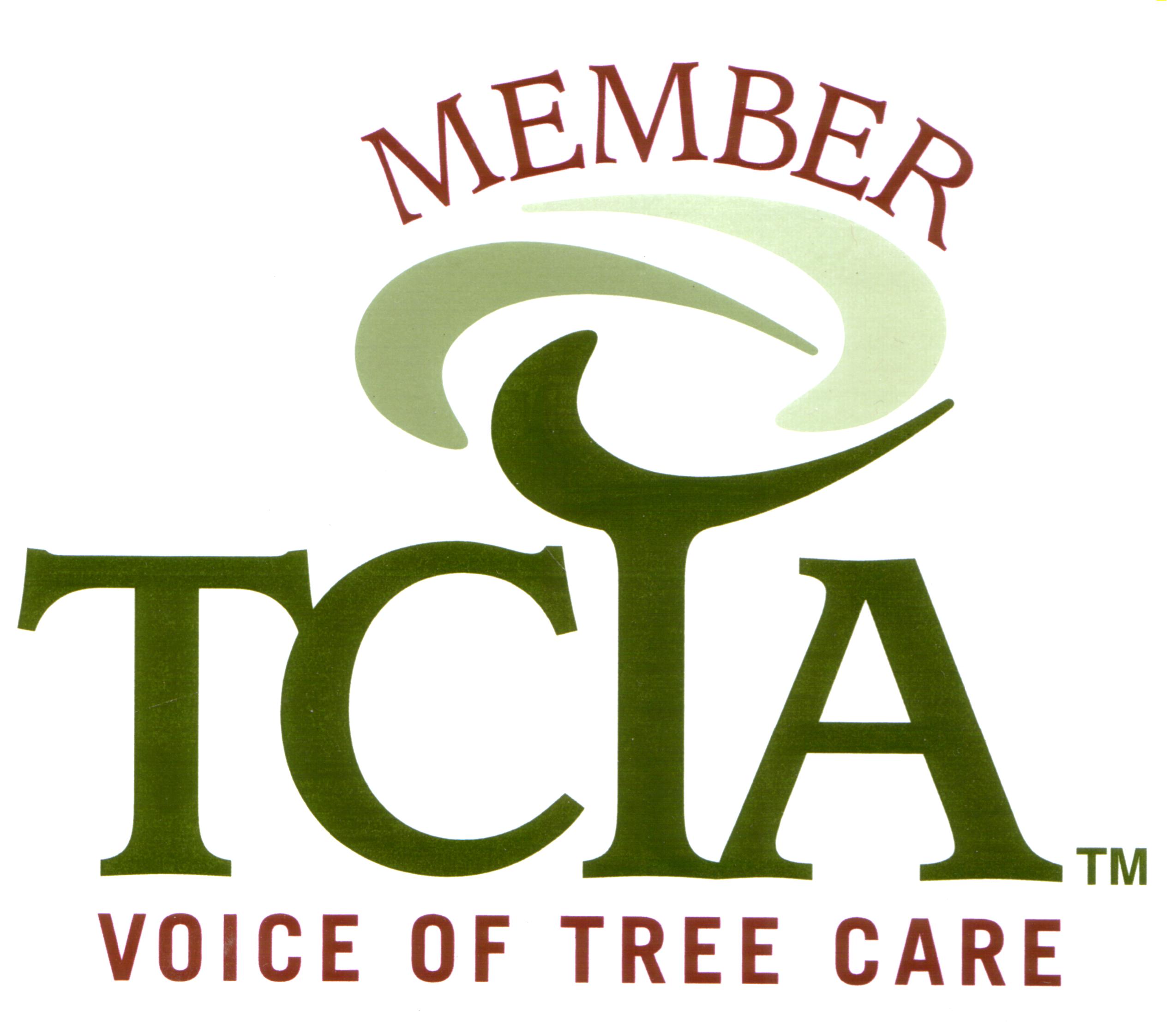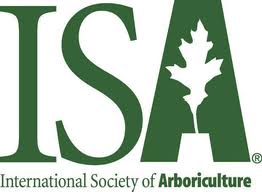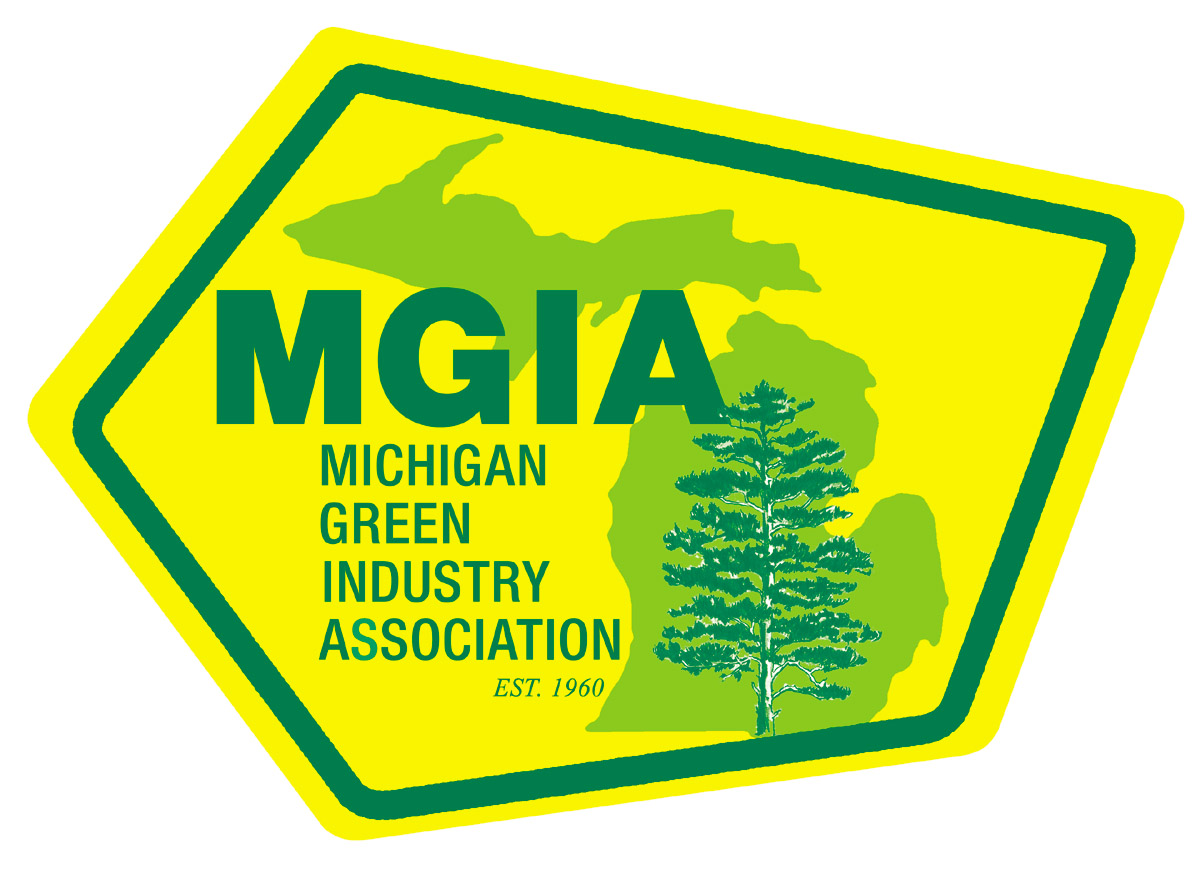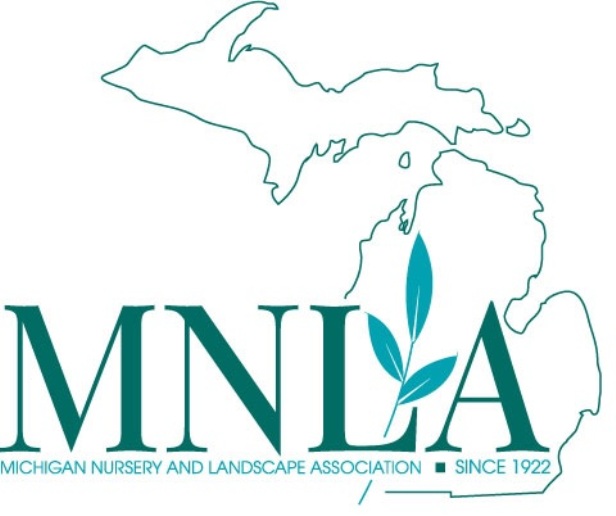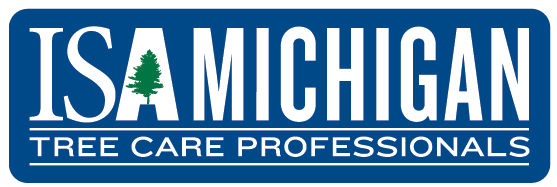CONTACT OWEN TREE AT:
TREE RISK ASSESSMENT
Trees are valuable, and potentially costly
Trees provide great value to the landscape and streetscape. They are beautiful and are key components of a well landscaped property. But also, trees are widely recognized as a major feature of sustainability and millions of trees are being planted in the United States under initiatives to reduce pollution, and improve the livability of our urban and suburban environment. Like all things, the value of urban and landscape trees is offset by their costs. In addition to the price of installing and maintaining trees, is the cost of injury to people or structures if trees fail. Tree failure events generally fall into two categories:
1. Extreme conditions that cannot be anticipated.
2. Tree failure that may have been predicted due to obvious structural weakness in the tree.
Tree failure can be unpredictable
Severe weather events such as tornadoes, hurricanes, and ice storms cause extreme conditions than can damage even healthy trees. According to The Weather Channel, ice can increase the weight of branches thirty-fold! Tree structure does not develop according to weather events that only periodically occur during their lifespan. A tree of any age, species, and condition can fail when in the path of an ice storm, tornado or flood waters. Fortunately, such events are rare, but are catastrophic because they are rare. More likely then, trees fail under normal conditions and that failure often occurs because their structure is compromised.
Even apparently healthy trees can be blown over in high winds.
Evaluating structural weakness in trees
Trees experience wounding throughout their life, so damaged, diseased or decayed wood in a large tree is not the question. The question is, how much and where is the wood compromised, and is enough wood weakened to destabilize the tree?
It is important to understand that tree failure is not always an “act of God”. If you have obvious signs of decay or other weakness in your tree, you should question its structural integrity. Obvious signs of structural weakness in trees include:
• cavities at old branch wounds or on the trunk or buttress roots
• fungal conks or mushrooms on or around the tree
• excessive number of dead limbs in the tree canopy
• cracked limbs or trunk either open or oozing
• fallen branches greater than 2” in diameter
With visible trunk decay and a fungal fruiting body growing at the base of the branch, this branch failure could have been easily predicted.
Trunk decay and woodpecker damage will likely lead to this tree trunk failing under hight winds.
If you suspect you have a hazardous tree does that mean it is dangerous? Not necessarily. For two reasons:
1. Dropping dead limbs is a normal function of tree life. Wood decay is a fact of life for old trees. Defects do not necessarily equal eminent structural failure. Trees are resilient and dynamic organisms. They could not attain great size and age if they weren’t.
2. If a tree falls in the woods with nothing valuable to hit, is there risk? There is more to risk assessment than the condition of the tree and its potential to drop branches or fall over. The chance that the falling piece will contact something valuable and the severity of the consequences of that contact is what must be considered. A large tree on the verge of falling over would seem to pose great risk. However, if that tree were on the edge of the woods between large properties with no building, car, or landscaping to damage, and where virtually no person stands, there is little risk to the failure.
When should I call an Arborist for a Tree Risk Assessment?
Of course, it is best to call an Arborist before a tree fails. Look at trees with targets on a regular basis, and especially after storms. When trees are large and near your house, driveway or other major target it is a good idea to have an arborist perform a risk inspection. As wood decays, load bearing capacity of various parts of the tree changes and the tree responds by adding “muscle” in different places. Arborists look for these signs of structural weakness when assessing the potential for failure. Not only are arborists experienced in recognizing tree risk, they also are knowledgeable in ways to lessen the potential for tree failure.
Arborist using a Resistograph to detect internal decay.
Canker on a tree trunk will cause a structural weakness.
What can be done to lessen risk of hazardous trees?
While we cannot treat decay inside of wood, we can prevent wounding that will result in wood decay. However, when you are faced with wood that is already compromised reducing risk can be accomplished by reducing stresses on that wood.
Other options to prevent or reduce hazardous tree conditions include:
Young Tree Training: Pruning in the formative years is when tree form and structure is best addressed. For shade trees it is paramount one main lead is established and permanent scaffold branches are well spaced in all dimensions. Think of the main branching taking the form of a spiral staircase. Training pruning should be done shortly after planting and several more times in the first 10-20 years after the tree is planted. Once the permanent branches are established, with enough clearance for mowing, structures, driveways, sidewalks and streets, the time interval between maintenance prunings can be increased.
Correcting Tree Form: If trees have not been adequately pruned when they were young, undue stress to various parts of the canopy may be lessened by subordinating competing trunks or branches, or shrinking the crown to reduce the load on weak areas.
Storm Proofing Trees: When live limbs fail due to high winds, snow load and other stresses common with our weather, they may rip down the trunk of the tree, break other limbs in their path or otherwise cause injury. Removing inferior and weak limbs and/or reducing the canopy will lessen the negative impact stormy weather can have on trees.
Crown Reduction: When trees have weak trunks or a scaffold limb that cannot be corrected with pruning, reducing the spread and height of branches lessens the forces that could break the tree. This is also true for over-mature trees that are in the natural process of ‘shrinking’ their canopies by developing deadwood at branch ends.
Cabling and Bracing Trees: Arborists install cables and/or rods to help support weak limbs and trunks. Size and placement of hardware is specified by ANSI industry standards. This procedure is in conjunction with regular inspection, pruning and hardware adjustment.
Remove the Target: This is often not possible in the urban landscape, but if the impact of a tree failure is not critical, even compromised trees can be left standing for years. For instance, if given a choice, install the swing-set well away from the valued, but declining, shade tree in the yard. Consider relocating equipment stored in the old shed under your favorite old tree to the garage? Simply removing the target eliminates tree risk.
Periodic Tree Inspections: Regularly inspecting and assessing the health and structural integrity of your landscape trees is an often overlooked aspect of tree maintenance. Detecting a structural defect or tree damage soon after it occurs can minimize the negative impact on a tree. Having written documentation of tree inspections demonstrates that municipal, commercial, condominium and homeowners associations are properly maintaining their trees and any injury or property damage that does occur can be attributed to extreme weather events.
Most tree inspections and assessments can be done anytime of the year. Documenting findings is important for future reference.
Find a professional arborist
TRAQ: Tree Risk Assessment Qualified
TRAQ is a credential offered to tree care professionals by the International Society of Arboriculture. Participants receive classroom and field instruction in the standardized, systematic process for assessing tree risk. Robust inspection and documentation are useful for those making decisions about their trees.
● Leonard
Owen Tree Service provides tree, lawn, and landscape services to the following cities and towns:
Genesee County, Michigan:
● Burton
● Davison
● Flushing
● Goodrich
● Linden
● Otisville
● Clio
● Fenton
● Gaines
● Grand Blanc
● Montrose
● Otter Lake
● Flint
● Genesee
● Lennon
● Mt Morris
● Swartz Creek
Lapeer County, Michigan:
● Almont
● Brown City
● Columbiaville
● Imlay City
● Metamora
● Peck
● Attica
● Clifford
● Dryden
● Lapeer
● North Branch
● Sandusky
● Hadley
● Mayville
● Otter Lake
● Silverwood
Macomb County, Michigan:
● Armada
● Clinton Twp
● Grosse Pointe
● Macomb
● New Haven
● St Clair Shores
● Centerline
● Detroit
● Grosse Pointe Farms
● Ray
● Sterling Heights
● Chesterfield
● Eastpointe
● Grosse Pointe Shores
● Memphis
● Romeo
● Utica
● Clinton
● Fraser
● Grosse Pointe Woods
● Mt Clemens
● Roseville
● Warren
● Harrison Twp
● New Baltimore
● Shelby Twp
● Washington
Oakland County, Michigan:
● Auburn Hills
● Bloomfield Village
● Ferndale
● Orion
● South Lyon
● Berkley
● Clarkston
● Franklin
● Madison Heights
● Ortonville
● Southfield
● Beverly Hills
● Clawson
● Hazel Park
● Milford
● Oxford
● Troy
● Bingham Farms
● Commerce Twp
● Highland
● Novi
● Pleasant Ridge
● Walled Lake
● Birmingham
● Davisburg
● Holly
● Oak Park
● Pontiac
● Waterford
● Bloomfield
● Detroit
● Huntington Woods
● Oakland
● Rochester
● West Bloomfield
● Bloomfield Hills
● Farmington
● Lake Orion
● Oakland Twp
● Rochester Hills
● White Lake
● Farmington Hills
● Lathrup Village
● Orchard Lake
● Royal Oak
● Wixom
St. Clair County, Michigan:
● Algonac
● Casco
● East China
● Harbor Beach
● Lexington
● Peck
● Allenton
● Clay
● Emmett
● Harsens Island
● Marine City
● Port Huron
● Berlin
● Clyde
● Fair Haven
● Jeddo
● Marysville
● Richmond
● Brockway
● Columbus
● Fort Gratiot
● Kimball
● Memphis
● Sandusky
● Capac
● Cottrellville
● Goodells
● Lakeport
● North Street
● St Clair
